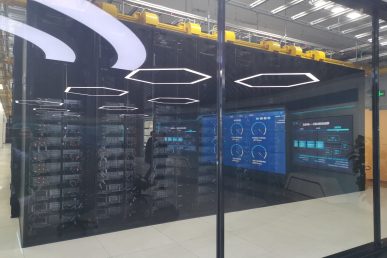"Today when we have conversations with any vendor or any partner, we make sure their product supports OpenStack. If it doesn’t, it doesn’t fit our strategy." — Igor Bolotin, Cloud Architect at eBay
"If there’s an external provider that we want to work with, as long as they’re running OpenStack, we know that we can use them." — Kristina Clair, Senior DevOps Engineer at Cisco
"We’re always expecting, when we talk to an existing vendor, to participate equally in OpenStack — contribute their interfaces and make their software work within the pluggable architecture of OpenStack." — Toby Ford, AVP, IT Operations Strategic Realization at AT&T
"It helps solidify the partner approach where it’s not just a vendor and a customer. When both parties are involved in making the same thing better, it opens up stronger relationships and better conversations." — Matt Van Winkle, Manager Cloud Engineering at Rackspace
"One of the primary reasons we made that move was so that we could leverage all of the tools and capabilities of all third-party open source software that operates in that ecosystem. I can use all of those tools for my internal deployments — I don’t have to build it myself and I don’t have to go to a specific vendor." — Reinhardt Quelle, Operations Architect at Cisco
"Cloud is bigger than any one given vendor. Therefore, it takes a platform that’s open, like OpenStack, to be bigger than that. It needs to reach across." — Guillaume Aubuchon, CTO at DigitalFilm Tree
"In the past, when an interface had been written with a specific vendor or specific vendor’s code, it was so integrated within our systems that it was hard to change to others. Given the pluggable architecture of OpenStack, we’re now able to bring in more vendors." — Toby Ford, AVP, IT Operations Strategic Realization at AT&T
Image credit: "Sombrero Reef: Fish & More Fish" by Phil’s 1stPix
- Tales from the Trenches: The Good, the Bad, and the Ugly of OpenStack Operations - January 22, 2015
- Kilo Update: Zaqar - January 16, 2015
- OpenStack Documentation & Review Cycle Management – Kilo Update - December 12, 2014

)










